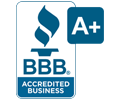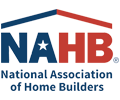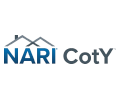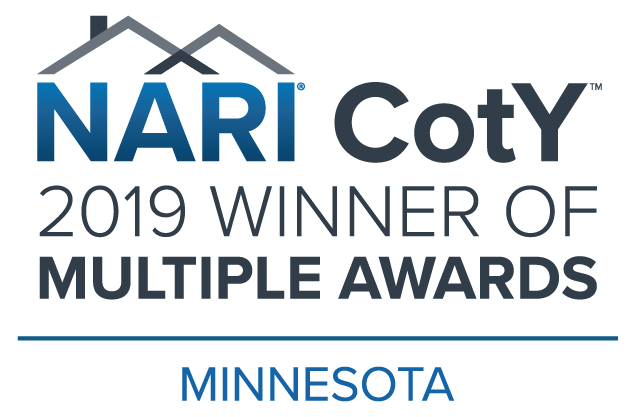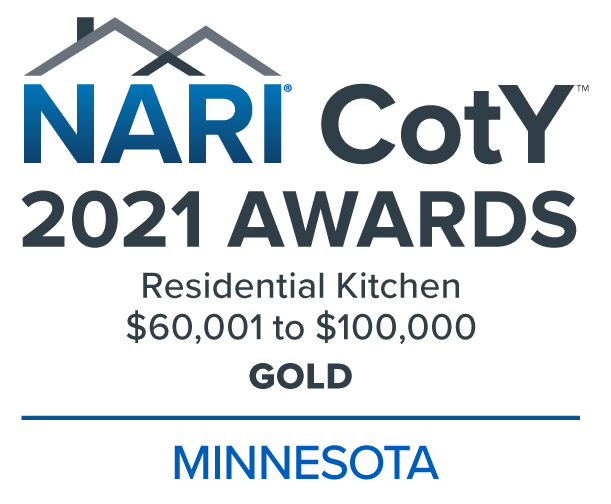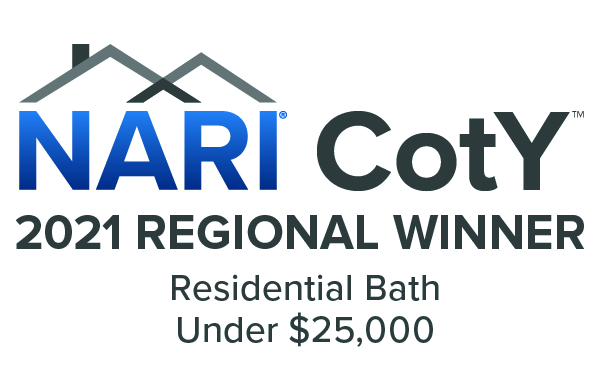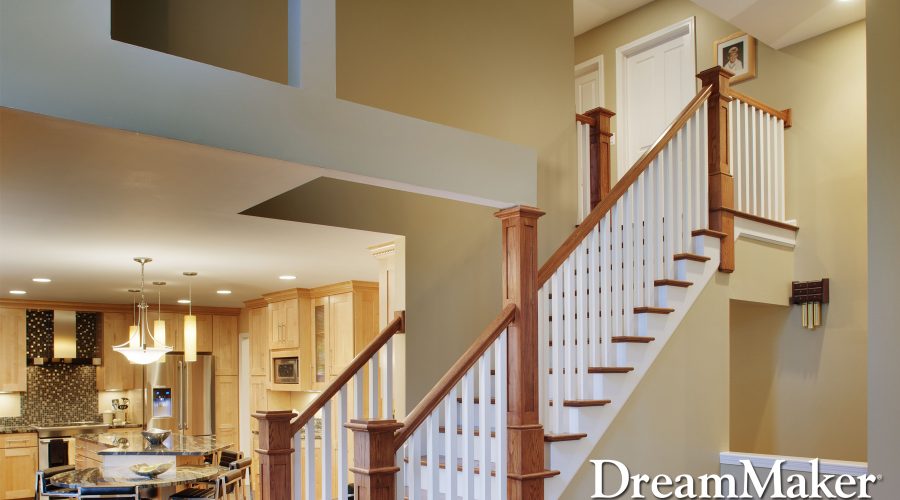
Home additions are built from scratch, which gives you the opportunity to incorporate energy efficiency from the start. In this blog, the home remodeling contractors at DreamMaker Bath & Kitchen of St. Louis Park share the features that an energy-efficient home addition should have.
Insulation
Anything that separates the indoor and outdoor spaces—exterior walls, roofing, entry doors, windows—needs insulation. It ensures comfort by maintaining consistent indoor temperatures. Insufficient insulation allows heat conduction, which results in heat loss during winter as well as heat gain during summer. In response, a heating or cooling system increases its output to compensate, which leads to high utility costs. Another benefit of having a properly-insulated home addition is that it’s quieter indoors, thanks to its sound reduction properties.
There are different types of insulation that can be installed on your home addition:
- Blanket — Blanket insulation is sold in batts and rolls, and is typically used to fill the gaps between studs, joists and beams.
- Insulating Concrete Blocks — Concrete blocks are similar in composition to fiber cement. They can be installed dry-stacked or with tile adhesive.
- Foamboard — Typically made of polystyrene or polyurethane, foamboard needs to be sheathed by a code-approved material for fire safety.
- Insulating Concrete Forms — Unlike insulating concrete blocks, ICFs are part of the structural support. This insulative material doesn’t require supplementary insulation.
- Structural Insulated Panels — SIPs are similar to insulating concrete forms, but are made of foam or processed straw.
- Rigid Fiber Insulation — This is used on ductwork, which helps prevent heat loss through the metal ducts.
- Loose-Fill & Blown-In — This can be made of shredded fiberglass or cellulose from recycled paper, and is often used in attics. Both types are installed using specially designed machines. Blown-in insulation is best for tight spaces.
- Spray Foam — Spray foam expands upon contact with oxygen, and is typically used to fill the gaps between wall and window frames, as well as the underside of a roof deck.
Daylighting
Daylighting is the practice of using natural light to illuminate indoor spaces. When building a home addition, a home remodeling specialist can help you plan window positions so they maximize or minimize natural light, depending on your preference. North-facing windows create “soft” lighting while windows facing in any other direction will provide direct lighting, depending on the time of day.
There are certain windows that allow natural light but block unwanted UV rays and solar heat. Windows with ENERGY STAR® certification have energy performance labels affixed to them. Look for two particular ratings: Solar Heat Gain Coefficient (SHGC), which measure resistance to unwanted heat gain, must have lower values. Visible Transmittance measures the amount of natural light that gets through the windows; look for high values.
Let’s Start a Conversation!
Learn more about how you can make your home addition more energy-efficient, talk to DreamMaker Bath & Kitchen of St. Louis Park, a leading provider of home renovation services in Minnetonka, Plymouth and Hopkins. Give us a call at (954) 637-6386 or fill out our contact form to learn more.


